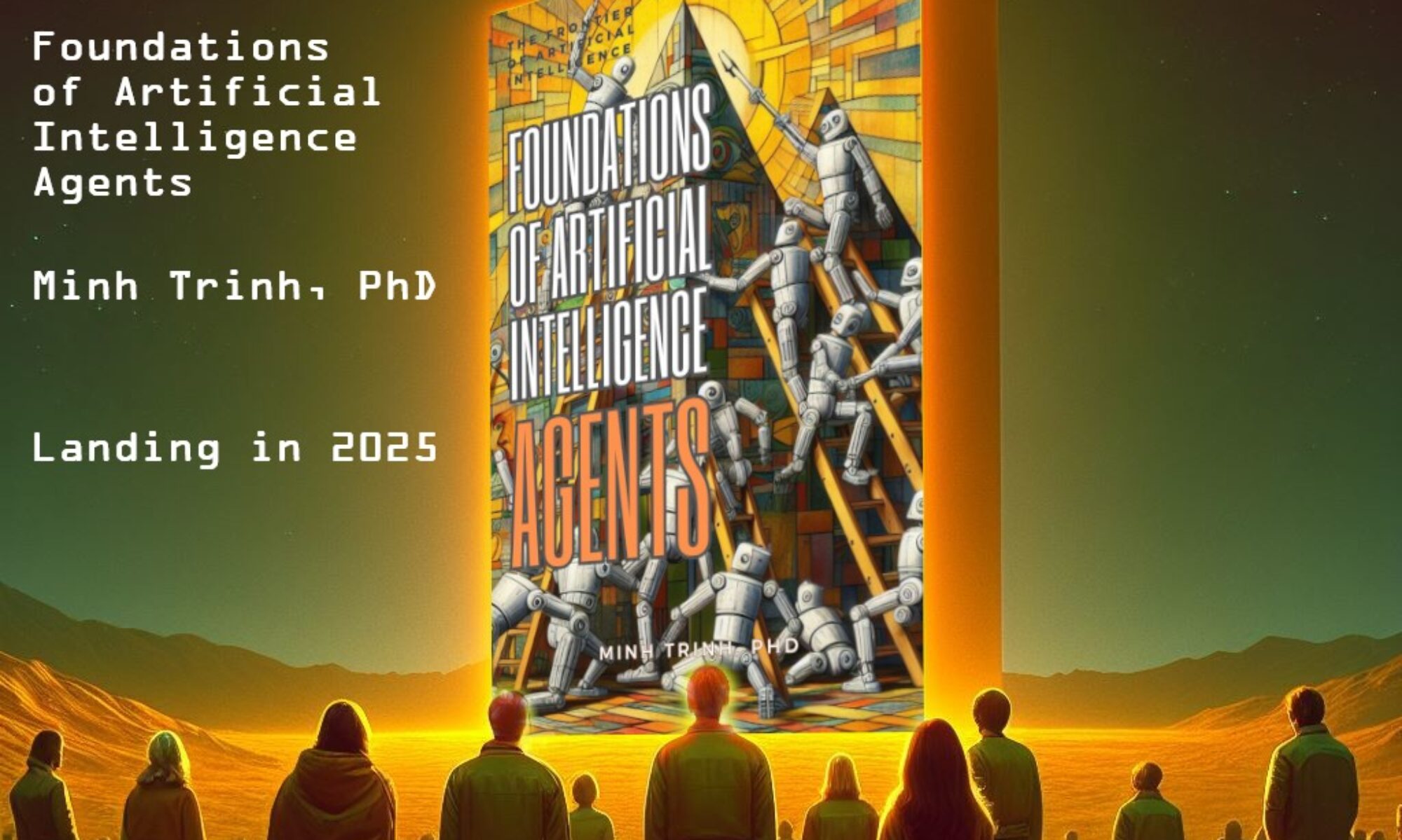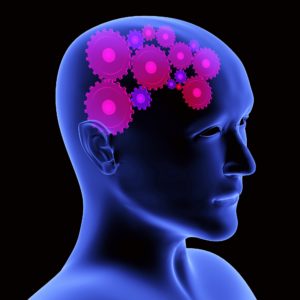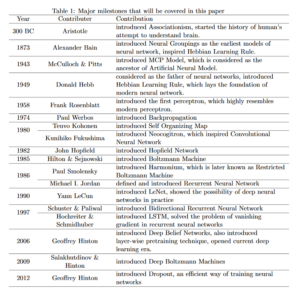Communicating and understanding are usually taken as a sign of intelligence and is part of the Turing test. Indeed, the machine needs to communicate and appear to understand the questions of the interrogator to appear human and pass the test. Natural Language Processing (NLP) has made great progress in the past 20 years. Stanford has an excellent course (CS224d) on Natural Language Processing with Deep Learning taught by Chris Manning and Richard Socher (now at Salesforce). It is available here:
The course material is also online here.
An interesting criticism of machine translation engines such as Google Translate (and that use techniques taught in these NLP lectures) appears in the article The Shallowness of Google Translate from the Atlantic.



